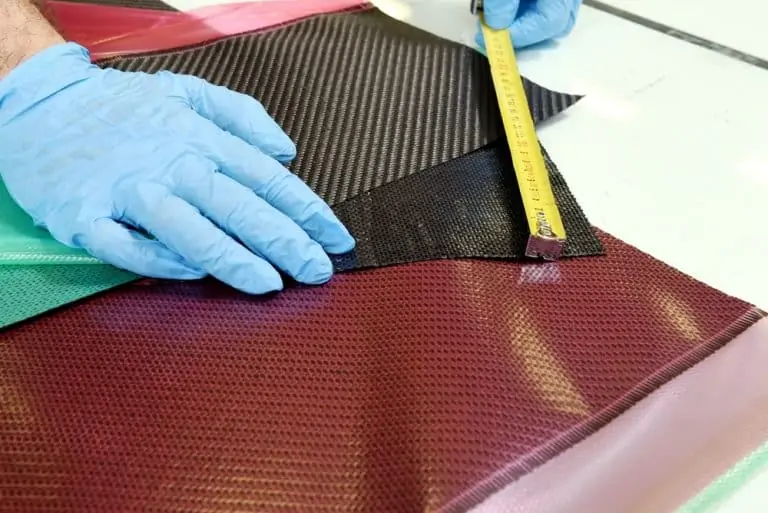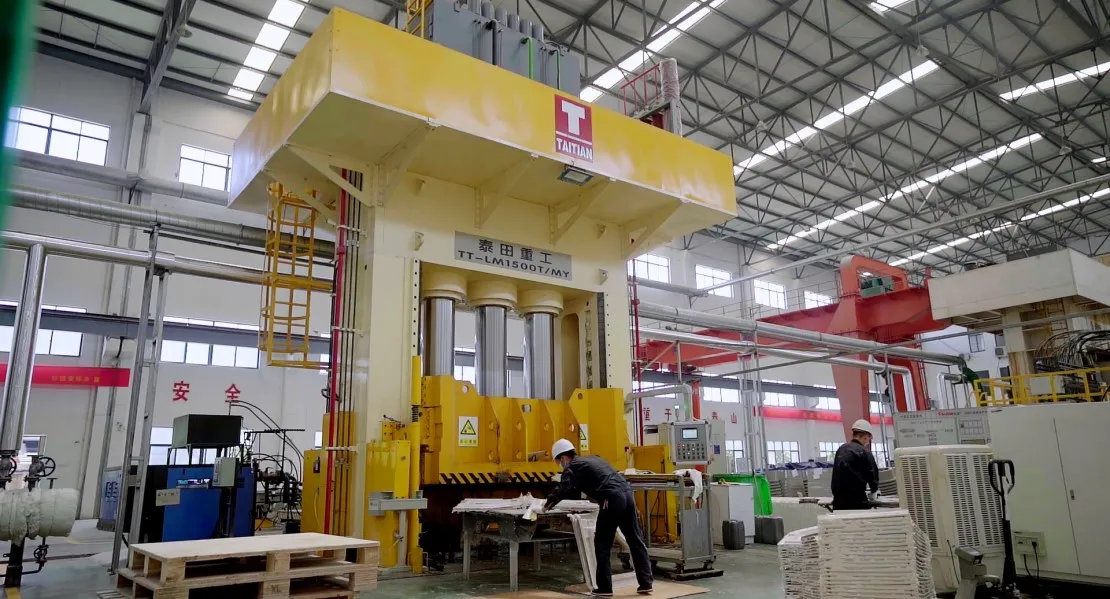Composite materials, such as those used in SMC mold and LFT mould applications, are found in almost every item we use today. From the shoes and clothes we wear to the gym, to the cars and bikes we ride, and even in products like SMC water tanks and SMC ceilings. Life would be very different without the presence of composite materials. The cutting-edge engineering process of innovatively blending multiple materials and compounds into the final product brings five significant advantages, making composites a staple in today's manufacturing.
#1 Strength Without the Weight
Composite materials, including those used in trunk board mold and engine splash shield mold, are renowned for their lightweight and strength, making them an ideal material used in various ways. Understanding the different aspects of strength within composites will help you make better project choices. Some of these aspects include:

- High comprehensive strength: Measures the performance of materials under pressure, giving composites a natural advantage. However, matching the correct composite, like SMC or BMC mold, to your product specifications is crucial.
- Shear strength: The elasticity of a material to shifting layers indicates overall weight load. Composites, such as those used in compression tooling, can be designed to control shear performance in various ways without adding weight, enhancing product strength.
- Strength-to-weight ratio: A measure of a material’s strength relative to its weight, with composites like those used in EV battery enclosures being at the high end of these ratio numbers.
- Tensile strength: The stress a material can withstand before failure. While composites, such as those used in compression mold and BMC tooling, often have twice the strength of non-composites, this is critical when choosing the right material for your project.
The above attributes of composites offer you a more comprehensive material selection that lasts significantly longer than non-composites. While these materials, like those used in composite mold and sheet molding compound mold, can be used in virtually endless manufacturing applications, each composite has its pros and cons, and it may require external consultant guidance to choose the best combination of strength and durability for your specific application.
#2 Resistance to External Factors and Environmental Influences
Material degradation is an important area when trying to manufacture quality products. Composites, including those used in FRP tooling and SMC bathroom, can be engineered to resist various environmental factors or exposure to chemical elements that can cause seemingly strong materials like steel to break down. Properly designed composites can resist some of the most prominent external causes of material breakdown, including:
- Chemical resistance: To items known to cause deterioration, such as paint, adhesives, or exposure to everyday chemical elements, reducing maintenance and extending product life, as seen in applications like SMC water tanks and SMC battery covers.
- Improved thermal performance: Such as prolonged exposure to UV rays, higher melting points, or retaining strength in cold temperatures or large temperature variations, applicable to products like the GMT mold.
- Enhanced wear recovery: From regular use wear and tear, and better retention under sudden, unexpected stresses.
Increased resistance to anticipated and unexpected chemical exposure or extreme temperature variations is one of the most sought-after advantages of composites. These help make composites more versatile in any application, including those involving SMC mold and compression tooling.

#3 Durability Equals Reliability
Manufacturers value the toughness of composites. Reliable products help build a solid reputation and an equally strong customer base. The high durability of composites reduces wear and tear maintenance and significantly lowers the risk of unexpected product failures. As mentioned above, the attributes of composites help designers build products that resist weathering or material fatigue caused by prolonged stress or heavy use. However, gaining knowledge and specifications of all the possible composites that might apply to your project, such as those used in composite tooling and trunk board molds, requires expertise. Utilizing manufacturing consultants will relieve you of these concerns and allow you to focus on constructing a perfectly designed product.
#4 Composites Add Enhanced Design Flexibility
It would be an understatement to say that composites offer a high degree of design flexibility. One of the most notable advantages of using composites is that they can be applied to an infinite variety of products, from SMC ceilings to EV battery enclosures. Product designers are not restricted by composite structure specifications and can mold and redesign them to create the perfect material mix, making any project possible. Design teams can broaden their horizons to include complex shapes and contours. Aesthetically pleasing, eye-catching products will stand the test of time and frequent use by customers, being both cost-effective and straightforward. Powerful CAD tools and low-cost, producible prototypes can be tested in reality and speed up time to market.

Utilizing the Advantages of Composites in Your Project
The overall properties of composites offer greater design freedom and higher quality products. When properly designed and used, composites like those involved in SMC mold, BMC tooling, and LFT mould can accelerate the prototyping phase and production runs. With these advantages, you can save significantly on production and post-production costs while still manufacturing affordable, durable products. Experienced manufacturing consultants can help you select the right composites for your next project.
